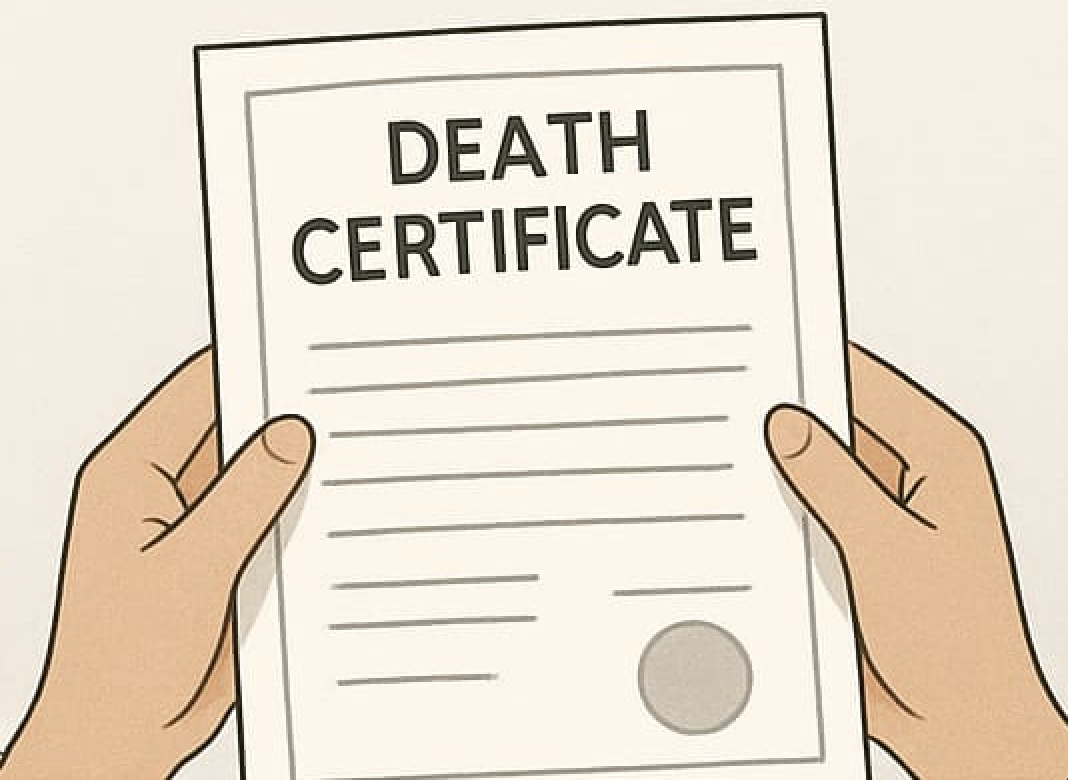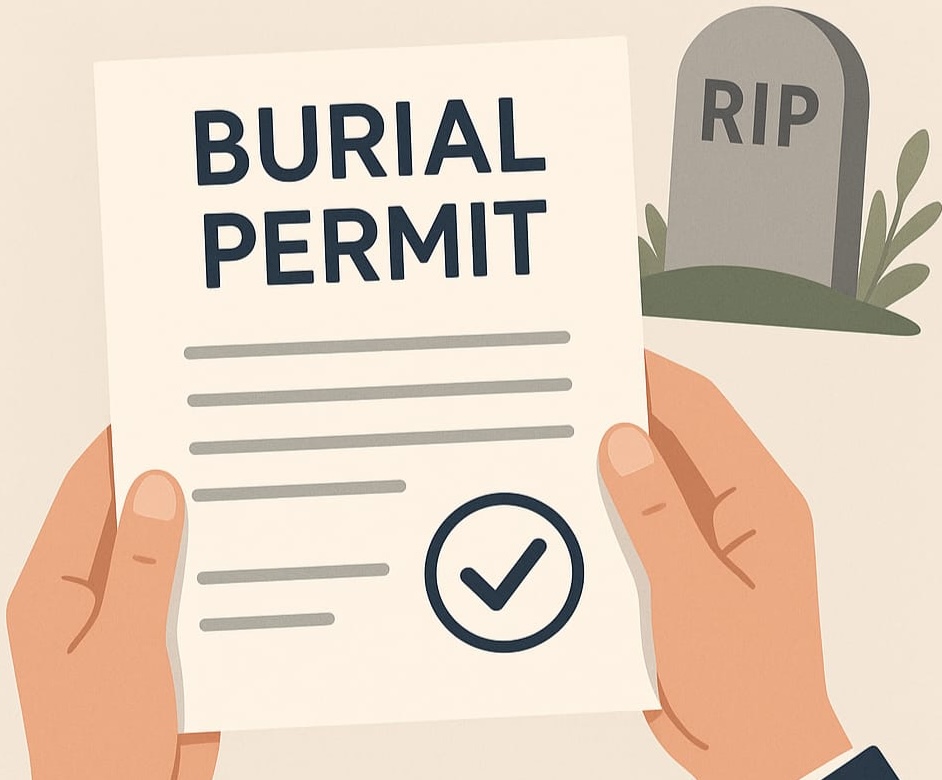Claiming life insurance and pension benefits
Claiming life insurance and pension benefits after a death is essential to cover funeral costs and longer‑term family needs. Here is a concise, practical guide.
Immediate steps
- Locate policy documents: Find life insurance policies, funeral policies, and pension details (employer letters, PINs, contact info).
- Notify providers: Inform insurers and pension administrators as soon as possible—many have claim timelines and specific documentation requirements.
Documents commonly required
- Certified death certificate (multiple copies).
- Original policy document or policy number.
- Beneficiary ID and KRA PIN of claimant.
- Marriage certificate, succession or probate documents (for estate claims).
- Medical records or post‑mortem report (if requested for cause of death verification).
- Bank account details or M-PESA for benefit payment.
Life insurance claims
- Who can claim: If a beneficiary is named, the insurer pays directly to that person. If no beneficiary is named, proceeds form part of the estate and follow probate.
- Claim process: Submit claim form, certified death certificate, beneficiary ID and policy details. Some insurers require original policy and a letter from employer (if group cover). Processing time varies—funeral policies often pay within days; life policies may take weeks.
- Funeral policies: These are designed to pay quickly—use them first for immediate expenses.
Pension benefits and employer entitlements
- Pension schemes: Notify the pension administrator and provide required documents. Some schemes pay lump sums to nominated beneficiaries; others pay survivor’s pensions to spouses/children.
- Employer benefits: Request final payslip, unpaid salary, leave benefits, and any employer-provided life cover. Submit HR forms as required.
Tax and KRA considerations
- Death benefits from life insurance are generally non‑taxable when paid to beneficiaries, but confirm with KRA or a tax advisor for complex estates or investment-linked policies. Obtain KRA clearance if requested by institutions.
Common delays and how to avoid them
- Incomplete documentation: Get certified copies and originals where required. Request multiple certified death certificates from the county registrar.
- Unclear beneficiaries: If beneficiaries aren’t named or records are outdated, probate may be necessary—start early and consult an estate lawyer.
- Disputed claims: Keep communication records with insurers and seek help from the Insurance Regulatory Authority (IRA) or an ombudsman for unresolved disputes.
Practical timeline
- Day 1–7: Notify insurer, pension administrator, and employer; request claim forms.
- Week 1–4: Submit documents (death certificate, IDs, policy). Funeral policies may pay during this period.
- Week 4+: Larger life policies and pension claims may take longer; follow up regularly and escalate to IRA or legal counsel if needed.
Where to get help
- Insurance company offices, pension administrators, employer HR, lawyers specialising in probate, Insurance Regulatory Authority of Kenya, and Consumer protection NGOs.
Clear documentation and early notification help speed claims. Use funeral policies for immediate needs and start probate early if beneficiaries aren’t named to avoid long delays.




